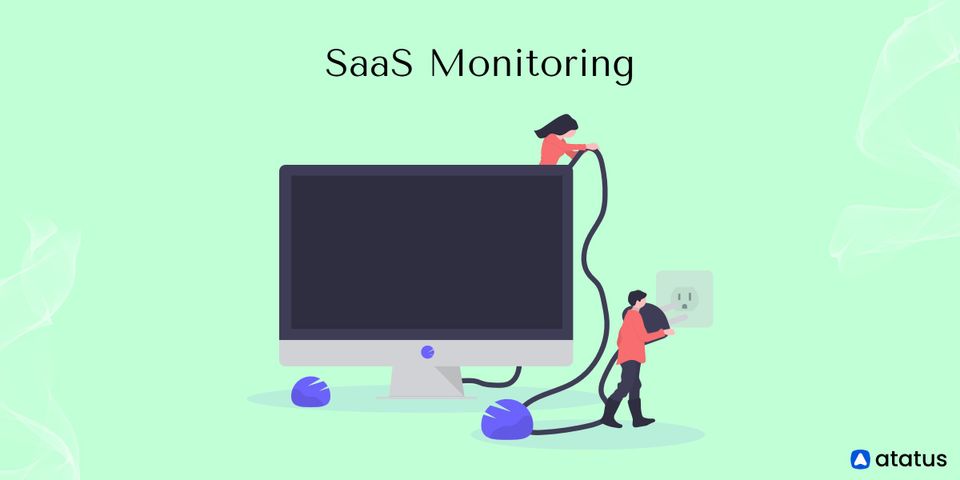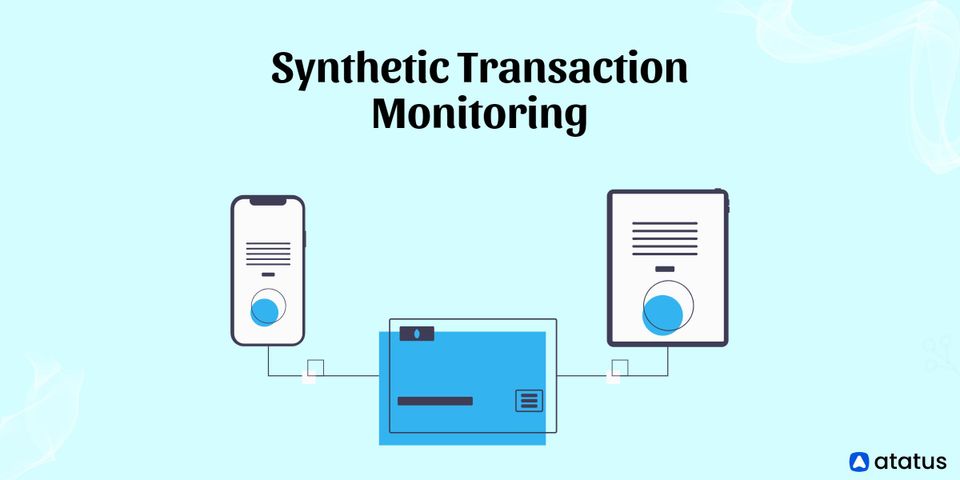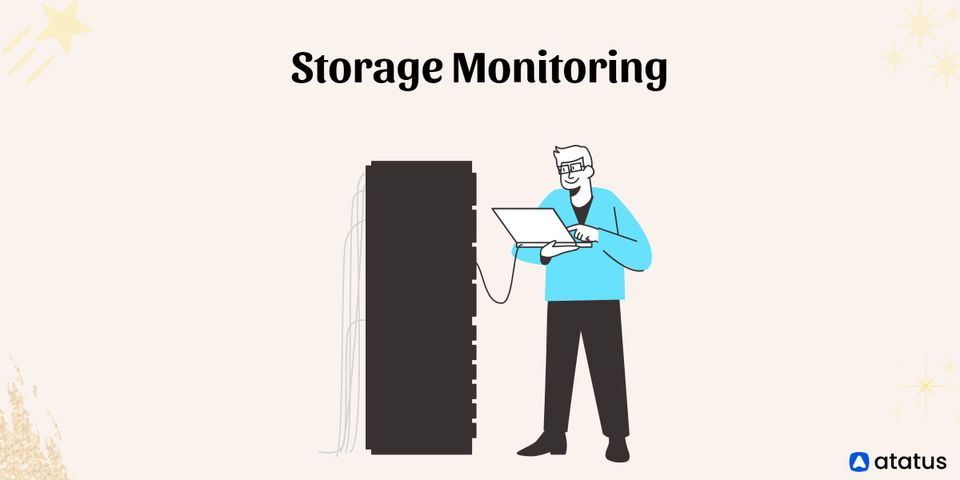Reviewing, observing, and monitoring your operational workflow is always a good idea. You must monitor the performance of the servers, applications, websites, and other related infrastructure, whether you use a manual or automatic management workflow. SaaS Monitoring can help you improve user experiences and provide real-time performance updates.
While monitoring all of your company’s services is important, SaaS monitoring must be rigorous and data-driven to improve performance.
We will cover the following:
- What is SaaS Monitoring?
- Why SaaS Monitoring is Important?
- How does SaaS Monitoring Work?
- Advantages of SaaS Monitoring
- Best Practices for SaaS Monitoring
What is SaaS Monitoring?
SaaS Monitoring is an off-premises monitoring application that allows enterprises to monitor their applications and environment from anywhere in the world. On-premises monitoring requires installing and configuring the monitoring tool on a server at your physical location.
The third-party vendor manages, hosts, and maintains SaaS products entirely. Many SaaS companies charge a monthly or yearly price for this service in exchange for this convenience. SaaS monitoring services are frequently divided into tiers, with higher tiers allowing for more monitoring features and "pings" back to the server.
Many SaaS monitoring tools aim to provide a pleasant user experience by making data and insights accessible and easy to understand. Customizable widgets, pre-configured reports, or preloaded automation could be used to do this. Since there are no long-term contracts, it is in the companies' greatest interests to go above and above to make the procedure as simple as possible.
More businesses are switching from traditional On-Premise monitoring to a SaaS-based solution to save money, time, and get more control over their core business areas.

Why SaaS Monitoring is Important?
As the digital landscape has expanded to include modular components such as cloud computing or SaaS solutions, organizations that have completely adopted a DevOps philosophy to boost efficiency and productivity have encountered growing pains.
While outsourcing the development and maintenance of certain aspects of infrastructure to service providers allows IT teams to focus on deploying software faster and reducing MTTR, the cost often comes in the form of a lack of insight or control when it comes to performance monitoring and troubleshooting.
Although service level agreements (SLAs) are in place to ensure a particular level of quality, ensuring that those standards are being fulfilled without an objective data-driven perspective, such as the data generated by your application performance monitoring solution, can be difficult. Another level of accountability is provided through SaaS monitoring.
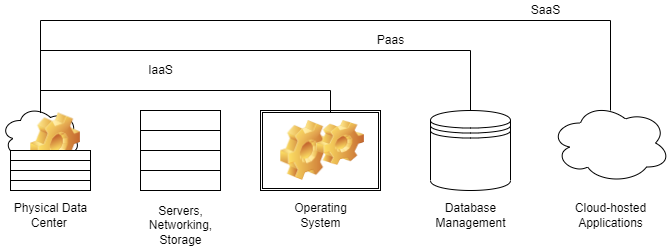
SLAs also applies only to the service provider's networks, servers, and applications, not to your company's infrastructure or internet service providers. As a result, there are "blind spots" in the system that can damage the user experience but aren't deemed a breach of the SLA.
By providing real-time data directly from the user's browser, SaaS monitoring helps ensure a seamless user experience by boosting visibility, awareness, and the capacity to fix issues without relying on a service provider's help desk.
How does SaaS Monitoring Work?
SaaS monitoring is usually accomplished by installing a small installer or snippet of code on the monitored server or application. For example, some monitoring software can be swiftly installed using an MSI installer. This is useful because it allows administrators to distribute the monitor at a large scale using a group policy or login script.
The monitor can be placed directly inside a dedicated virtual server or inside its Kubernetes container for cloud-based applications. The same rules apply whether you're running your cloud or relying on physical on-premises hardware.
The header fields of each page that needs to be monitored are commonly used by SaaS monitors to measure website performance and data. This small JavaScript script keeps track of user behavior as well as technical information about the session and the website's overall health.
The technology is the same regardless of the type of application you're monitoring. Through specialized firewall rules, these small sensors or bits of code securely connect back to the SaaS monitoring host. Customers may log in to control and monitor insights on their applications as data comes, which is then arranged into a dashboard.
Advantages of SaaS Monitoring
The SaaS industry has gone a long way and offers many more benefits than it did ten years ago. Let's look at some of the main reasons why SaaS monitoring is preferable to on-premises monitoring.
- Easy and Fast
Cloud-based SaaS monitoring is intended to be effective, simple, and quick. The entire backend has been set up to offer information as quickly as possible. You can choose from a variety of prebuilt reports, automation, widgets, and dashboards in many tools to speed up the monitoring process. - Better Reliability
You don't want to be scrambling to replace problematic hardware on a host when it fails, or spend hours trying to fix obscure software bugs in contexts where uptime and dependability are critical. The service is virtualized, and physical hosts have built-in failover configured, therefore SaaS monitoring tools are normally hosted in a data center. You'd need more hardware to ensure higher reliability, as well as a small team to develop, operate, and debug the system. - More Accurate Results
You can get a clearer view of how your customers interact with your product by placing your monitoring tool outside your network. SaaS monitoring offers you a better idea of how accessible your service is, and it can even be dispersed over different servers across the world to give you data relevant to each location. - Omnichannel Network
SaaS monitoring can be used on a variety of platforms, including PCs, tablets, and smartphones. Your company can also track applications from any location using this. - Security
It helps in the enhancement of cloud application and network security and ensures that no future security breaches occur. - Lower Cost of Ownership
You might believe that owning your hardware will save you money in the long run, but this isn't always the case. The total cost of ownership (TOC) of a SaaS product is often 5-10 times lower than that of on-premises solutions. This is after labor costs for maintenance, setup, configuration, redundancy, and hardware needs are taken into account.
Best Practices for SaaS Monitoring
A comprehensive monitoring strategy entails more than just collecting and analyzing a few key performance indicators (KPIs). To get full-stack visibility and protect the end-user experience, consider the following SaaS monitoring best practices:
#1 Recognize the Consequences of Poor Performance
When it comes to doing business online, the stakes are bigger than ever. Not only are customers spending more of their everyday lives online when it comes to shopping, chatting, and researching topics of interest, but our workplaces are also gradually becoming virtual ones.
Performance concerns can hurt anything from brand perception to staff productivity, especially as remote work, cloud computing, and digital infrastructures become more popular.
Outages, downtime, latency, and error messages are no longer merely inconveniences; they now have a direct impact on business outcomes. The first step in securing your company's online visibility is to recognize the inherent importance of a complete monitoring solution.
#2 Create a Shared Source of Truth
Improving team communication and collaboration is an important part of the DevOps methodology. Having a single, objective source of data that serves as a common source of truth helps to break down departmental silos, reduce finger-pointing, and simplify the vast amount of data available in today's digital business environment.
By including SaaS monitoring into your performance management approach, you can consolidate your IT assets while also providing development, operations, and business teams with a centralized source of data from even the most scattered and complicated application environments.
#3 Maintain Command Over Mission-Critical Operations
Although outsourcing certain aspects of development and maintenance has helped organizations stay agile, waiting for end-users to report performance issues and then relying on a service provider to resolve those issues is time-consuming at best and possibly futile if the problem is with your infrastructure or internet provider.
Businesses are increasingly reliant on technology, and even a seemingly minor interruption such as an email outage or a Slack outage can bring a whole organization's workday to a standstill.
Before users are impacted, SaaS monitoring can notify your IT team of abnormalities and provide vital information that can help troubleshoot the issue before it has an impact on productivity. The ability to promptly handle issues is crucial for both customers and workers when it comes to maximizing application experiences.
#4 Don't Depend on Service Provider Dashboards
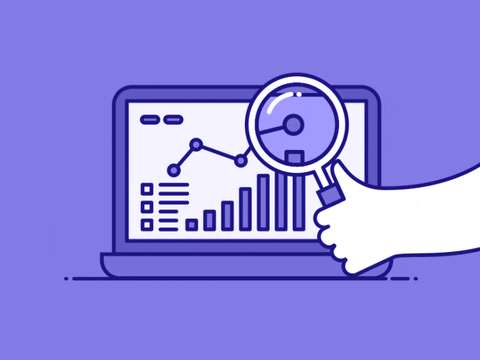
Loosely connected services and interdependencies have multiplied as tech stacks have grown in recent years, making digital landscapes increasingly complicated. Dashboards, notifications, and RSS feed from service providers only cover their assets, ignoring the end-to-end service and existing infrastructure.
Consider SaaS monitoring as insurance for your SLA, and your monitoring tools as a hired security guard monitoring and protecting your digital environment. Rather than introducing another piece of data to gather, compile, and analyze, including the essential metrics of your SaaS applications into an existing monitoring solution expands your visibility and provides clarity.
Conclusion
SaaS Monitoring is an important aspect of your organization's management and security operations. If your security is breached, you'll need to develop a solution that keeps both you and your customers safe and secure.
Performance, security, and uptime are critical to a company's success, especially when it comes to cloud adoption. As a result, SaaS monitoring is required for your systems to analyze metrics and make timely changes.
Explore:
Digital Experience Monitoring (DEM)
Monitor Your Entire Application with Atatus
Atatus is a Full Stack Observability Platform that lets you review problems as if they happened in your application. Instead of guessing why errors happen or asking users for screenshots and log dumps, Atatus lets you replay the session to quickly understand what went wrong.
We offer Application Performance Monitoring, Real User Monitoring, Server Monitoring, Logs Monitoring, Synthetic Monitoring, Uptime Monitoring, and API Analytics. It works perfectly with any application, regardless of framework, and has plugins.

Atatus can be beneficial to your business, which provides a comprehensive view of your application, including how it works, where performance bottlenecks exist, which users are most impacted, and which errors break your code for your frontend, backend, and infrastructure.
If you are not yet an Atatus customer, you can sign up for a 14-day free trial.

